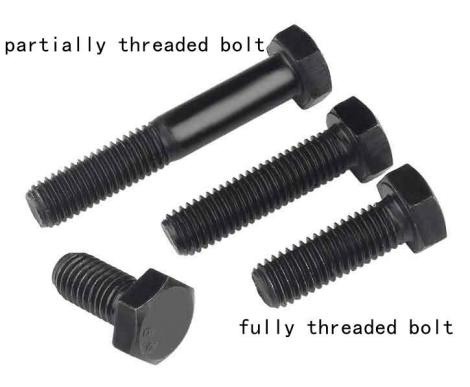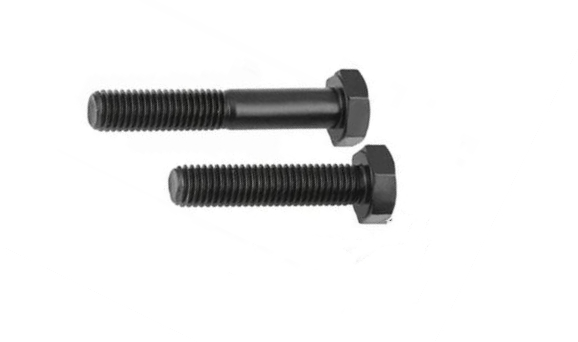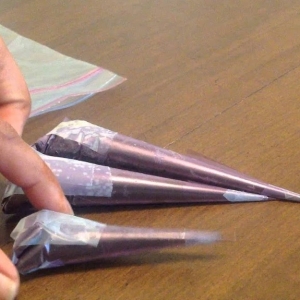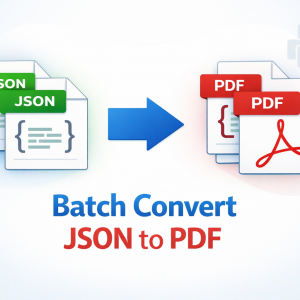Bolts are cylindrical threaded fasteners. Usually, the bolt is composed of a thread area, a shaft area, and a head area. There is only a part of the threaded area, followed by the unthreaded area. A fully threaded bolt is a bolt without a shaft. Partially threaded bolts are ordinary bolts, and is not fully threaded, but only a part. So, Which is better between the two types of bolts.

What are full-threaded bolts?
Fully threaded bolts are generally shorter in length. The thread length of such bolts is equal to the length of the bolt, with threads running through the entire length of the bolt from the head to the end.
What are partially threaded bolts?
Where longer bolts are required, the thread length does not need to be too long. Therefore, in the production of standard parts, only a part of the threads on the long bolts are processed to save processing costs. Partially threaded bolts have an unthreaded portion under the head, this unthreaded portion is called the grip length, and this is the partially threaded bolt. Due to the large force of many connectors, the half-threaded part is on the outside of the joint of the workpiece, while the inner part of the force is smooth without threads, which can improve the mechanical strength of the bolt and help to withstand greater torque.
Why Choose Full Thread Bolts?
If clamping strength is of greatest interest and alignment and shear strength are less of an interest, then fully threaded bolts may be an option. A fully threaded bolt means that all the tension applied to the bolt is distributed over the entire structure, which means it can handle more force than a partially threaded bolt. Full threaded bolts are used in environments that rarely require shear and tend not to loosen much. Once installed, a fully threaded bolt spreads pressure along its entire length, with the greatest holding pressure at the head where it meets the material being held.

Why Choose Partially Threaded Bolts?
The length of the non-threaded portion of a partially threaded bolt can vary depending on the specific application of the bolt. When using partially threaded bolts, the unthreaded portion can be brought into the threaded hole as part of the bolt-through application. Nuts and washers are threaded on the ends.
Partially threaded bolts are best used where alignment and shear resistance is important. The grip length of the bolt can provide the required alignment. When your project requires a lot of force to hold things in place, partially threaded bolts can provide the required resistance. The unthreaded portion is also referred to as the “grip length” and does not include weak points that can lead to shearing. This is because there are no threads in the grip length and no weak points that could lead to cracking or bending. So in order to shear such a bolt, a huge force is usually required.
How To Choose
When choosing a fully threaded bolt vs a partially threaded bolt, consider whether you need a maximum grip or maximum shear protection. If you need a grip, find the correct full-threaded bolt made of the material you need. If you are more concerned about shearing, choose a partially threaded bolt that will help prevent shearing.
Different partially threaded bolts have different grip lengths, so consider choosing a specific grip length before purchasing.
One of the easiest ways to get this information is to ask a fastener expert to help you. If you buy bolts from KENENG, it shouldn’t be very difficult because the people we hire are very knowledgeable about these things.







